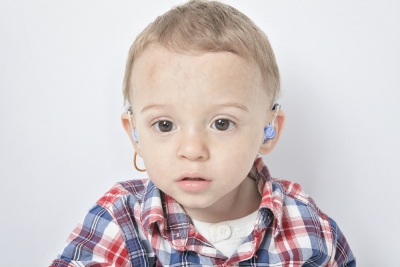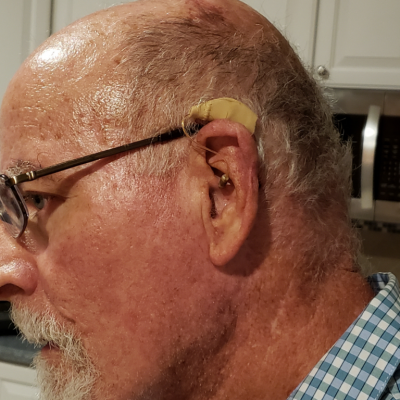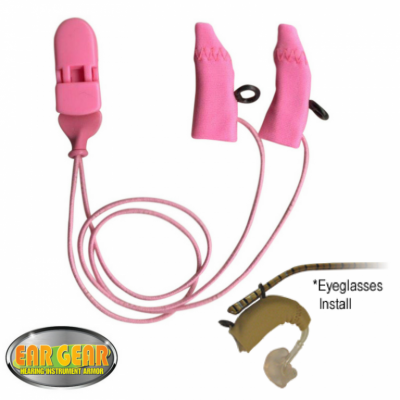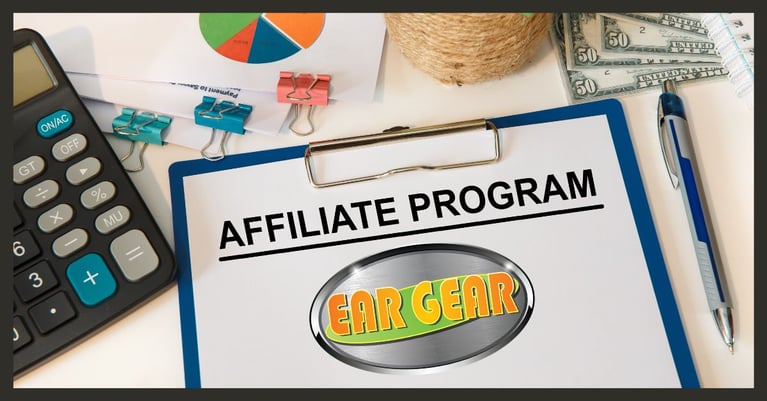Families of children who wear hearing instruments know all too well the stress and frustration of trying to care for the devices. Active kids can find it tough to be responsible and cautious, and they won’t always remember the procedures and rules you put in place to help protect their instruments. These tips may help to smooth the way.
Keep Moisture to a Minimum
Unsurprisingly, sweat and moisture pose a serious hazard to hearing instruments. As with all delicate electronics, moisture and hearing aids simply don’t mix well. This can be particularly frustrating when dealing with children’s hearing instruments, because kids are more likely to expose their devices to moisture, less likely to notice, and are rarely adequately interested in helping to resolve problems.
According to the Better Hearing Institute, “to every extent possible, moisture in the region of the ear must be avoided.” The Better Hearing Institute offers some tips on how to accomplish this, including:
- Removing hearing aids before showering, bathing, swimming, or participating in water sports.
- Being cautious with moisture-related exposures like aerosol products and spray-on hygiene products (if you have a teenager, this is one to watch for!).
- Taking extra precautions when hearing aids must be exposed to moisture, as is often the case with active children. Precautions may include discussions with teachers/camp counselors/babysitters, using a hearing aid accessory for kids, and using the drying procedures recommended by your hearing healthcare provider.
Other solutions include investing in hearing aid accessories for kids. Ear Gear works by placing a comfortable spandex barrier between the hearing instrument and moisture. With many accessories, it’s still important to avoid heavy moisture saturation, but they can alleviate issues arising from minor moisture exposure and humidity.
Keep a Short Leash
Losing a hearing aid doesn’t have to be a part of the adjustment process. Using a cord provides security against loss, even for very young children. Teachers and daycare providers will breathe a sigh of relief if you provide a cord or clip solution that helps to prevent loss.
Hearing devices need to be worn, consistently. The Alexander Graham Bell Association for the Deaf and Hard of Hearingnotes: “use of amplification 100 percent of a child’s waking hours within two to three weeks of the initial fitting should be a goal for a child who is receiving his or her first set of hearing aids.” It may sound like a tall order, but consistency is key to success with hearing aids. Keep hearing devices attached and prevent loss by investing in corded and clipped hearing aid accessories for children.
Keep it Clean
Sensitive electronics react poorly to dust and grime – two of your child’s favorite things! Hearing aid accessories for children will help to prevent the electronic failure that will inevitably result from long-term exposure to dirt. Look for products that cover the instrument yet still allow it to remain comfortable to the wearer. If the device does become soiled, clean it properly to help limit damage. Hopkins Hearing provides essential information on how to clean your hearing instrument.
Store Hearing Aids Carefully at Night
Hearing instruments need to be cared for at bedtime, and establishing a routine is key. The environment should be cool and dry. Don’t leave hearing instruments in the bathroom or on a surface that will receive direct sunlight early in the morning. If you’re concerned about moisture, speak with your audiologist about a hearing aid dehumidifier. Companies like Dry & Store have several options for storage and dehumidifying.
Minimize Damage
It’s difficult to convince a child to exercise care and caution in order to help preserve an expensive device. Think of the retainers that wind up in cafeteria dumpsters, the eyeglasses smashed during recess, and of course, delicate and expensive hearing devices, which are so easily damaged. Common causes of damage include dropping hearing aids onto hard surfaces, rough handling, and curious pets.
There is good news – each of these hazards can be avoided, or at least mitigated. Use hearing aid accessories for kids like clips and cords or the spandex covers from Ear Gear to protect against minor impacts or to prevent long falls. Tailor your investment to the child’s age as well. Less expensive options like OtoClip work well for older kids and teens who have the ability to be more mindful. A stronger clip and cord that may cost more is worthwhile for younger children still learning to be aware of and care for their hearing instruments. Karate class, climbing trees, roughhousing – these are normal kid’s activities, but sensitive hearing aids won’t survive repeated impact without a little help.
Regulate Temperatures
Extreme temperatures – unavoidable in many parts of the country – may have adverse effects on your child’s hearing aid performance. Summer humidity can make it nearly impossible to keep hearing devices dry. During the summer months, avoid exposing hearing aids to direct sunlight and moisture through the use of an accessory cover.
In the winter, wearing scarves, hats, or earmuffs as well as an accessory cover will help to maintain hearing devices at body temperature for longer. Prolonged exposure to the cold may be unavoidable, but staying covered up can help. For both hot and cold weather seasons, consider investing in a dehumidifier to help limit the damage caused by moisture.
There’s a learning curve to caring for a child’s hearing device, but all families get there eventually. Be patient, learn a few tricks, and remember: consistency, and protection, are key.






